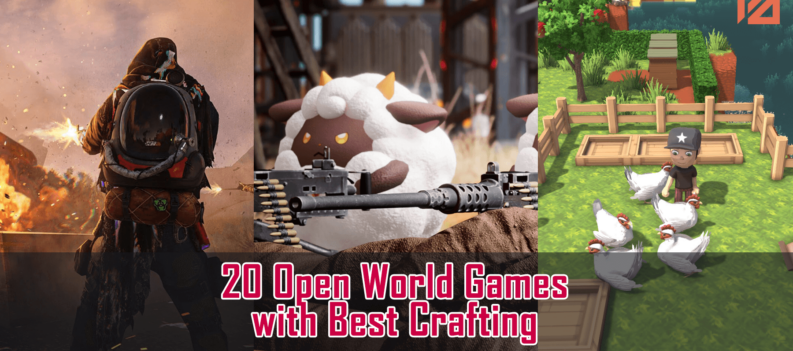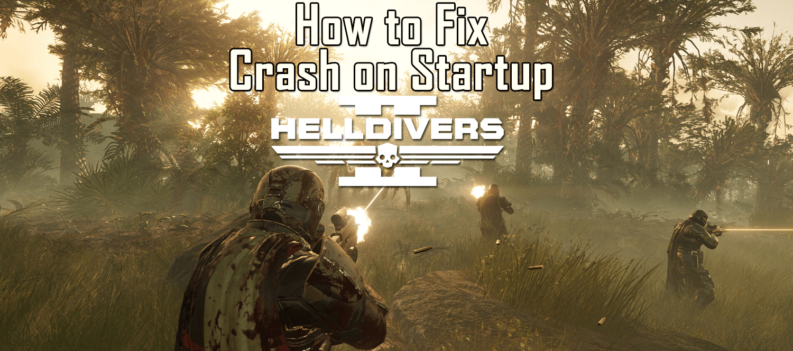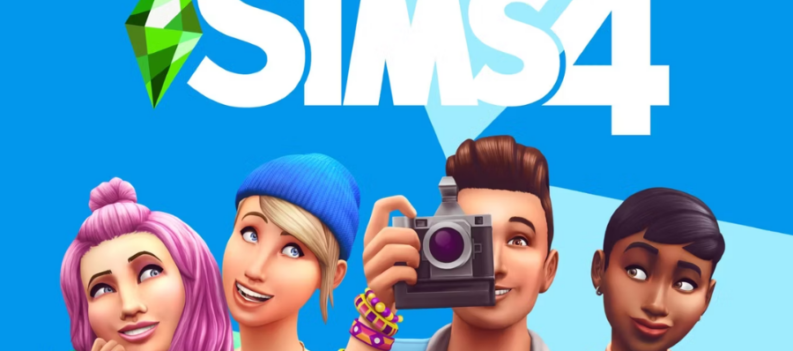The follow-up, and undeniable spiritual successor, to Playdead’s critically acclaimed Limbo; Inside aims to immerse the player once again into the tale of a young boy in peril. Does the game live up to the standards of art direction and storytelling set by its’ predecessor? Tread carefully, young one, and explore the review below at your own risk… Perhaps the answers you seek will reveal themselves in time.
Why am I speaking like Gandalf after a heavy pipe of hobbit weed, you ask? Well, it’s thematically appropriate. Inside is a mysterious game; from the very first moment you are thrust into a dangerous world with no preamble. In an unusual move that is typical of the game’s cohesive art direction, there is not even a title menu – just the title of the game itself is shown before our protagonist emerges into a dark and foreboding forest. On the surface, this game is a platformer/puzzler, but one thing that really impresses about Inside, is that the art and sound direction, game mechanics and other aspects all come together to tell a complete story without a single line of dialogue ever being uttered. (More on this later)
It soon becomes apparent that our character is not alone in these woods and the game quickly becomes a tense ‘cat and mouse’ scenario as you guide your character past his would be captors. The mostly monochrome colour palate; accented with occasional splashes like your character’s red shirt, or the lights of a truck, is used evocatively. The forest, for example, is dark and misty – limiting visibility and adding to the tension. Once clear, however, the game takes the opportunity to change things up in this regard (another of its ongoing strengths). You might solve a puzzle and be rewarded with a little sliver of blue sky – hinting at Inside’s only discernible objective: escape.
Sounds simple, right? Well you’d be surprised, the circuitous route to the game’s conclusion has this terrified young lad sneaking, puzzling and occasionally running for his life through forests, farms, broken down industrial areas, high-tech facilities and even underwater. My time taken to completion was around 5-6 hours, but given that I spent time analysing the backgrounds, looking at the world, taking screenshots and hunting for secrets, (There is one very mysterious collectible to be found multiple times in different areas) I imagine it would be possible to blast through the game in less than 3 – especially if you are familiar with the puzzles. Though, equally, if you are dedicated to secret and trophy hunting, you could probably extend this time as well.
The gameplay itself is surprisingly varied for a title that uses only two buttons apart from the directional controls. You can jump, or you can push and pull objects; this sounds like it would get old fast, but the game slowly introduces enough wrinkles to the formula to keep it interesting for the whole play-through. I’d love to discuss how exactly these changes occur but, as mentioned, the mechanics are so intrinsically tied to the story that to do so would be a moderate spoiler. Suffice it to say that there were at least 3 moments where the gameplay changed, or an additional mechanic was added, in such a way as to make me think ‘wow, wasn’t expecting that.’ (and I mean literally, eyebrows raised and everything.)
Whilst I’m still riffing on the things I liked about Inside, I can’t help but make mention of the sound direction. Inside has no traditional score, and yet it uses sound effects and audio cues to such great effect that it makes me think a score would have detracted from the overall experience. The snarling of vicious dogs as they bash themselves against a chain link fence, hungry for your tasty boy-meat, is truly terrifying. The pounding heart and ragged breathing of the main character in times of danger really helps to draw the player into the experience. Not to mention that the rhythmic pounding of certain industrial areas is almost music in itself.
So what about the story? there’s no dialogue, no cut-scenes, no music – how exactly can you extract a story from that? Well the answer is through clever use of in-game assets, apparently. The backgrounds are far from static in Inside, they are as much a moving part of the game as the foreground. They introduce dangers, puzzle solutions and, interestingly, are where you will glean most of your information about what the heck is going on. Who are my enemies? Why am I here? What is this all about? – all of these are questions you may ask throughout the game. In a way, they are all answered as well, though never overtly. Many scenes combine to allow the player to compose their own interpretation of events.
This handily leads me on to the, admittedly, few criticisms I would make of Inside. Firstly; your enjoyment of this game will depend heavily on how much you allow yourself to become immersed in the story. If you find the tale too obtuse, and the mystery not powerful enough for your tastes, you may walk away from this one bored. Also, this may seem obvious, but if you really don’t enjoy puzzle based platformers this game will not change your mind. Unless, that is, you love tales of oppression and horror with ambiguous endings.
My last point is one of contention. Even I am not sure how I feel about it. That is, this game has some brutal consequences for your mistakes and death is sometimes a very graphic affair. My reactions ranged from raising a smirking laugh – ‘whoops, miss-timed that jump’ to a shocked silence – ‘did I just watch a little boy get ripped apart by dogs!?’ Basically, there are a multitude of contextual ways to die and some of them border on disturbing. In part, this is due to the presumed age of the main character and personally it gave me an extra incentive not to die. But having said that I could see some of the more graphic scenes putting off some players.
So, does Inside live up to the high standards set by Playdead’s Limbo? For me, yes, but I feel it will not chime as well with quite as wide an audience. Limbo, while quirky, had a relatable story that riffed on childhood fears. Inside is more ponderous and often sets itself a slower pace (though overall the peaks and troughs of the pacing work well), the story is a real head-scratcher too. If you’re as daft as I am, you will still be trying to work it out after the credits roll. The puzzles are well pitched, rewarding to solve but without too many pace-killing ‘what the hell do I do’ moments. To me, this game is a modern classic that truly showcases what a developer can achieve when they try to bring every aspect of a game together to form a cohesive piece of art. I would recommend it to fans of Limbo, Abzu and any Oddworld-type platformer. I am acutely aware, however, that this opinion will not be shared by everyone who plays – which is why I cannot score this game any higher.
-
Overall - 7.8/107.8/10
Summary
The simple beauty and intriguing mystery of Inside will pull you in. The young boy’s struggle will push you through. But how will you feel by the end of your journey? Largely, that’s up to you.
I genuinely believe that players who like a good, slowly unraveling, mystery will enjoy the experience of playing through Inside. Fair warning though, if you go in expecting a Metroidvania because it comes with the ‘platformer’ tag – you will be disappointed.
User Review
( votes)Review Disclaimer: This review was carried out using a PS4 digital code provided by the developer. This does not affect the content of the review or the final score. For more information, please read our Review Policy.






















